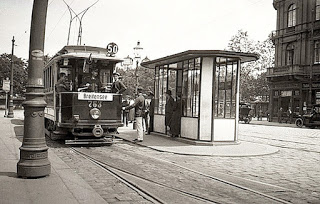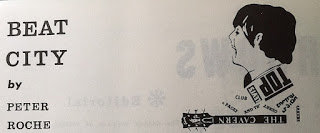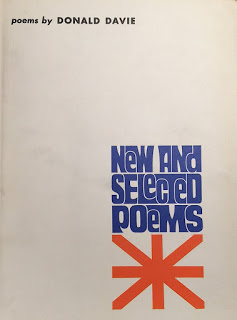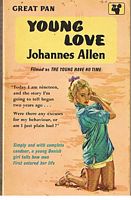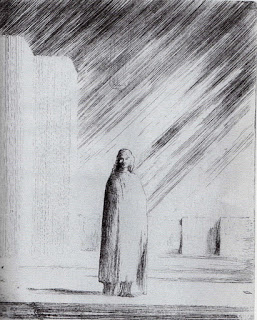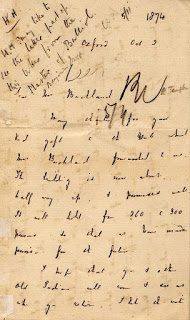
The Great Wheel, which was built for the Empire of India exhibition at Earl’s Court in 1895, and was the ‘London Eye’ of its time, is pretty well documented. Postcards showing various aspects of it can be had quite easily, as can medallions, which were struck periodically throughout its career, right up to 1907, when it was demolished. But what we have here is something quite rare—on a number of levels. Firstly, it is a large photographic image of the wheel—four times the size of a postcard—which was mounted on board and sold –presumably to be framed and hung—by the famous commercial printers of posters, stamps and banknotes, Waterlow and Sons Ltd. And there on the lower right hand corner is the signature of the Wheel’s ‘constructor ‘ Walter B Basset ‘, which may be original, but could equally be a facsimile. Lastly, we can date the photograph because it depicts the Wheel looming above the temporary constructions in painted wood and ironwork—some especially imported from India-- that comprised the Exhibition, which was the brainchild of Imre Kiralfy, a producer of burlesques and spectacles.
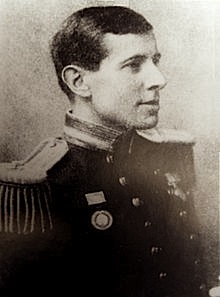
Interestingly, in the background can be glimpsed the warehouses that stored the forage for the horses that transported goods of London largest department store, Whiteleys, while in the bottom left hand foreground can be seen a very early example of an elaborate electric floodlighting system for the Exhibition. If the signature is a facsimile then this mounted photograph could well have been a bit of opportunistic merchandising by Basset, who remains a very significant figure in the history of the amusement industry. Born Walter Basset Williams in 1864, the scion of an ancient Devon family, whose seat was Watermouth Castle, he entered the Royal Navy but left in 1882, possibly due to ill health, and instead took up engineering with the well established Maudslay Sons and Field, which specialised in steam-power. Here he did well and by the age of just 27 had become managing director. In 1894, inspired by the pioneering example in Chicago, he begun to build his first steam-powered Ferris Wheel at Earl’s Court, which when completed stood 300 feet high and contained 30 carriages, each of which could carry 30 passengers. It was an immediate success, but its popularity waned over the following years and in 1907 it was dismantled and the metal sold for scrap to the same company which 46 years later was to buy the Skylon at the Festival of Britain and produce cigarette cases from the scrap metal.
While the Wheel was still operating, however, Basset built other Ferris Wheels at Blackpool and Paris, but neither were a financial success, and when Maudslay went bankrupt in 1899, he set up his own business, The Basset Nut and Screw Company, in Belgium. In the end the destruction of his prized project at Earl’s Court may have been the last straw for a man in poor health, for in May 1907 he died, aged just 43, at the family home in Devon. Thankfully, the Vienna Riesenrad survived its creator and is now one of the city’s greatest attractions—it featured in the films ‘The Third Man’ and ‘The Living Daylights’.
[R.M.Healey]



